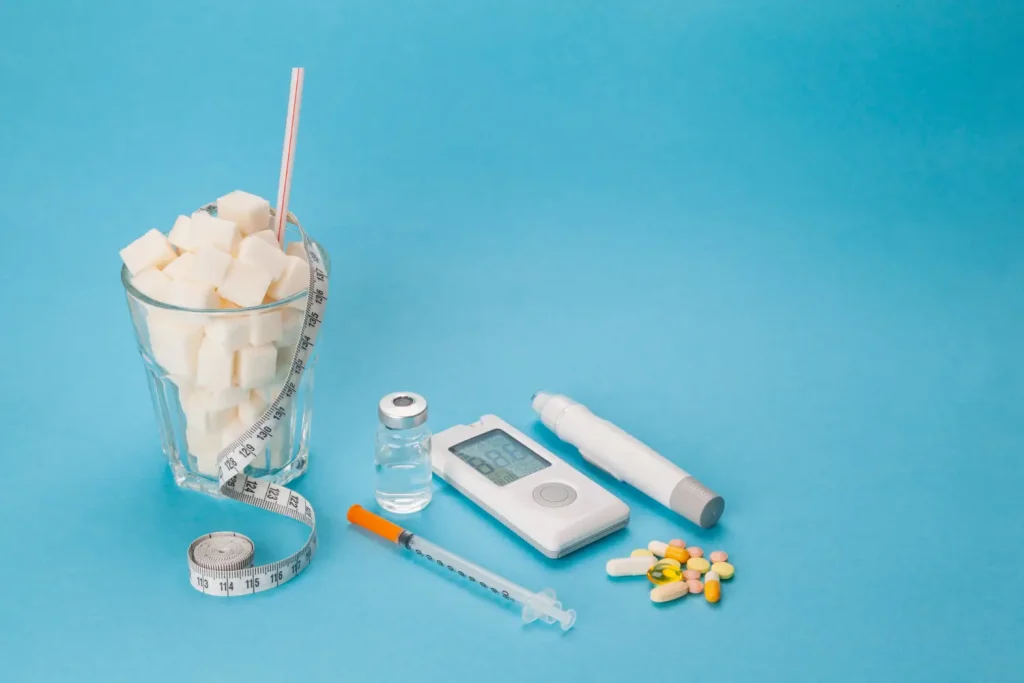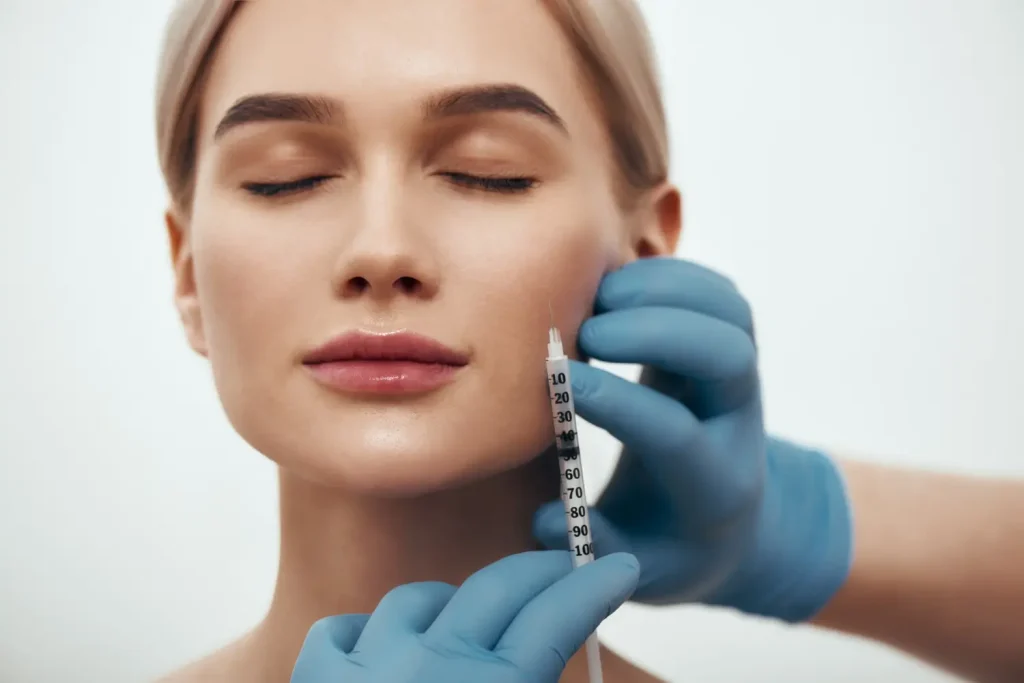Severe axillary hyperhidrosis
Sweating is a sign of a healthy body. The act of sweating regulates body temperature, cooling it down by perspiring. Unfortunately, certain individuals may suffer from extreme sweating in their armpits, which can cause great discomfort.
Also known as severe primary axillary hyperhidrosis, this condition overexerts the production of sweat from the eccrine glands in the underarms. Unlike generalized hyperhidrosis, which occurs in all parts of the body and is an underlying symptom of malignant, infective, or hormonal disorders, focalized hyperhidrosis often occurs in people who are seemingly healthy.
Often, this condition worsens during the second or third decade of life, and tampers with the patient’s overall quality of life. Not only do the underarms become damp and uncomfortable: the accumulation of sweat puddles may result in a lack of confidence, social discomfort, and difficult wardrobe choices.
While no clinical studies have pinpointed the exact cause of this issue, it may be a hereditary trait.
Botox as a solution
Generally, antiperspirants or deodorants are the first line of defense against sweat. However, topical applications may not be enough to hold off hyperhidrosis. With many successful trials and post-marketing studies, it has shown that Botox provides the best results in reducing excess sweat with minimal adversity.
Comprised of onabotulinumtoxinA, this injectable is a highly effective solution to hyperhidrosis. Generally, this toxin inhibits muscle spasms by blocking the neurotransmitter acetylcholine at the neuromuscular junction. It is extracted from the anaerobic bacterium Clostridium botulinum and is injected intradermally, or in some cases, intramuscularly. It has been approved by the FDA for various usages, from attending to upper limb spasticity to removing folds and wrinkles on the forehead. All of these actions end with 1 goal, which is to resist muscle contraction and encourage muscle relaxation.
When it comes to using Botox for excessive underarm sweating, clinical studies have recorded almost 100% patient satisfaction and an excellent response rate. With this, the FDA has also recognized Botox’s usage for correcting axillary hyperhidrosis, allowing this treatment to be covered by certain insurance companies.
Applying Botox to the underarms
It is important for patients to have a proper diagnosis of focal axillary hyperhidrosis. This will avoid any complications and the misdiagnosis of generalized hyperhidrosis.
For an initial assessment, physicians can use Minor’s Iodine-Starch Test Procedure, which can help diagnose axillary hyperhidrosis. Patients should prepare for the session by shaving their underarms and abstaining from using deodorants or antiperspirants for at least 24 hours prior to the test. They should also rest comfortably without performing any exercise or drinking hot drinks approximately 30 minutes before the test. The physicians should dry the underarm area and immediately paint it with iodine solution. After drying, sprinkle starch powder onto the area. Within 10 minutes, the hyperhidrotic area will develop a deep blue-black color. Mark the spots and keep in mind that each injection site covers a 2cm diameter ring.
Reconstitute the lyophilized Botox powder into a 100 Units/4ml dilution using a preservative-free 0.9% Sodium Chloride Injection, USP. Prior to the injection, apply any topical anesthetic cream, such as lidocaine, to reduce any potential pain from the process. Patients can also take acetaminophen 1 hour before the procedure.
For each underarm, the recommended dose is 50 units (2ml). This can be achieved with 1015 injections using a sterile 30G needle. Inject the solution intradermally, in 0.1 to 0.2ml aliquots, to 1015 evenly distributed sites that are approximately 12cm apart. With the accompanying anesthetic, the patient should only feel tiny pinpricks or mild discomfort during the injection. It takes only 1020 minutes to perform the whole procedure.
Expectations
A reduction in sweating should take effect in the first few days following treatment. Some patients may even record a reduction in symptoms after as early as 3 days. Generally, it will take from 7 days to 4 weeks for a significant reduction to occur.
As different individuals may have different metabolic responses, the effects Botox may last longer for certain patients. Although Botox claims that it lasts up to 201 days, or 6.7 months, some individuals may be lucky to maintain the results for up to 12 months. Repeat treatments can be administered as the effects begin to wane at the end of the course.
With adequate aftercare, there should be no severe adverse effects other than mild discomfort, occasional bruising, and temporary muscle weaknesses. Work hand-in-hand with a dermatologist to minimize this reaction.
Inexperienced Botox users may cause mild to more serious effects, especially if the injected solution spreads to other sites. As such, it is imperative that experienced physicians administer Botox injections. If the patient is experiencing any of these problems, they should seek immediate help from medical professionals:
- Problems swallowing, speaking or breathing;
- Muscle weakness in other sites;
- Vision problems, such as blurred vision, loss of vision;
- And allergic reactions, such as itching, rash, wheezing, and asthma symptoms.
Selected individuals may not be suitable for this treatment. The contraindications for botulinum toxin therapy include hypersensitivity to the toxin, neuromuscular disorders such as myasthenia gravis, pregnancy and lactation, and medications that may interfere with neuromuscular transmission, such as benzodiazepines.
How Much Does It Cost?
The precise cost for this treatment is determined per the number of syringes that need to be used. Private insurance companies may decide to include it within their coverage, to a certain limit. The patient and physician should discuss in detail about the charges and available reimbursement plan, if necessary.
Each treatment session should produce visible results which last for as long as 6 to 12 months. Because of this, it is frequently viewed as a cost-effective, impressive, life-improving solution to those with severe underarm sweating.





















